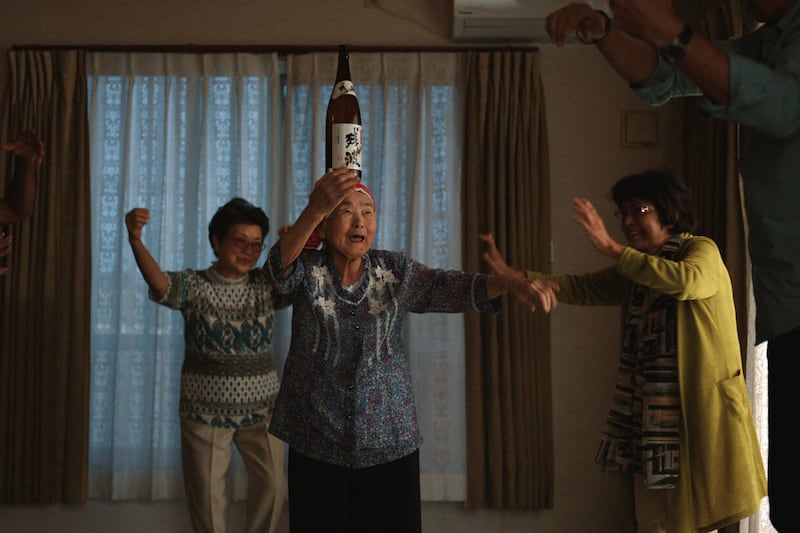Live to Lead, Netflix
THERE’S such a furore around Meghan and Harry that you have to steel yourself to judge their programmes independently.
Live to Lead is their latest Netflix series, hot on the heels of their Christmas family get-together masterclass.
The seven-part series of interviews with leaders of “courage, compassion, humility, hope and generosity” was produced in partnership with the Nelson Mandela Foundation.
The royal two are listed as executive producers but their involvement appears limited. They introduce the participants but do not conduct the interviews.
And strangely the Netflix media centre doesn’t make a picture of the couple available with the publicity for the show, just images of the seven interviewees.
There’s also been a significant delay in getting the project to the screen. Former US Supreme Court Justice Ruth Bader Ginsburg was interviewed in 2019 and she died more than two years ago.
New Zealand prime minister Jacinda Ardern was also interviewed in 2019 and Siya Kolisi appears to have been interviewed after South Africa won the Rugby World Cup in the same year.
The interviews are intended to be hagiography so we don’t get too many challenging questions, which doesn’t make for the most insightful interactions.
Nonetheless, the quality of some of the characters make the 30-minute interviews worth watching.
Ruth Bader Ginsburg, the first female member of the US Supreme Court, tells of the three main obstacles she had to overcome.
“I had three strikes against me. One is I’m Jewish and there was considerable anti-semitism. The second, I was a woman, and those barriers were just beginning to fall, but the third one was a strike out. I was a mother, my daughter was four years old when I graduated from law school, so the rare (law) firms which would take a chance on a woman would not risk hiring a mother.”
There was also a sense of Margaret Thatcher’s grocer’s daughter about Ginsburg's answer to her own question about the difference between a bookkeeper in Brooklyn and a Supreme Court Justice. “One generation,” she said.
Siya Kolisi travelled even further in one generation.
Born in the year after Nelson Mandela was released from jail, into poverty in an Eastern Cape township, he would become the first black South African rugby captain, in a sport so connected to white South Africa’s sense of itself.
His father was an alcoholic and his mother died when he was 15, so Kolisi grew up with his grandmother where “sugar water” sometimes took the place of food and television could only be watched in the neighbour's.
One of the most inspiring sporting figures, Kolisi’s big break came when he won a scholarship to the famous Grey College in Bloemfontein.
He laughs telling a story about eating three plates of food during his first night at dinner until a staff member told him to relax and that food would now always be available to him.
***
Tackling The All Blacks, RTÉ 1, Monday and RTÉ Player
Continuing with rugby history-makers, this documentary about Ireland’s series win against New Zealand last summer is worth catching up with.
It’s produced in association with the IRFU, so don’t be expecting Living With Lions-type access to the dressing room and team meetings.
Nonetheless, it’s enjoyable just to relive what was a remarkable summer for Irish sport.
It’s only a few years ago that we beat the All Blacks for the first time. Six years later we defeated them in their back yard and went on to win an away test series.
It has to go down as the greatest international success for Irish team sport.






